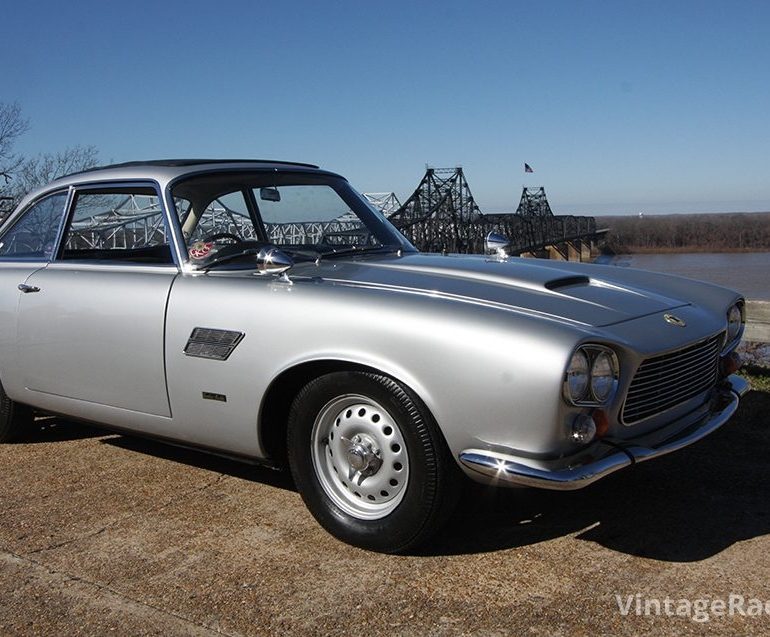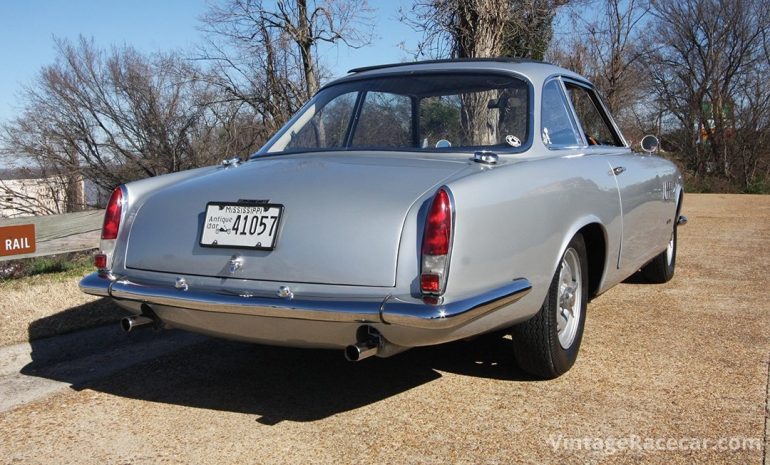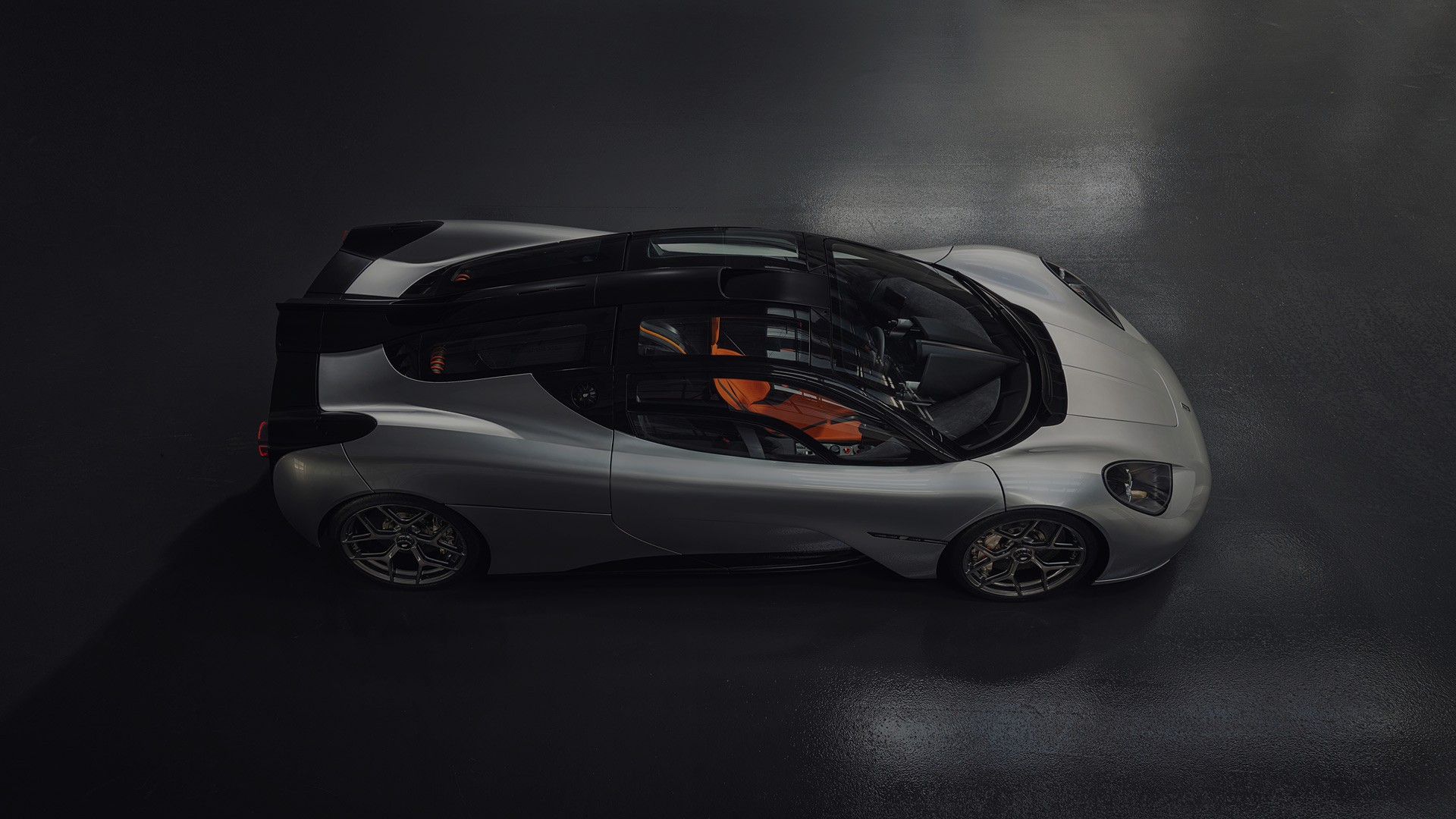What if Chevrolet offered a 2+2 Corvette? There was once a British 2+2, with a Corvette engine that might have joined Corvettes in Chevy showrooms. It caught the attention of Zora Arkus Duntov, “father” of the Corvette, and Ed Cole, President of General Motors. Cole was impressed enough that he promised to provide drivetrains for the cars and asked if 1500 of the cars could be produced for purchase by General Motors. If that had happened, the Gordon-Keeble might still be around. But it didn’t, and the Italian-bodied, American-powered, British-built GT was short-lived.
Gordon, then Gordon and Keeble, then only Keeble, then gone.
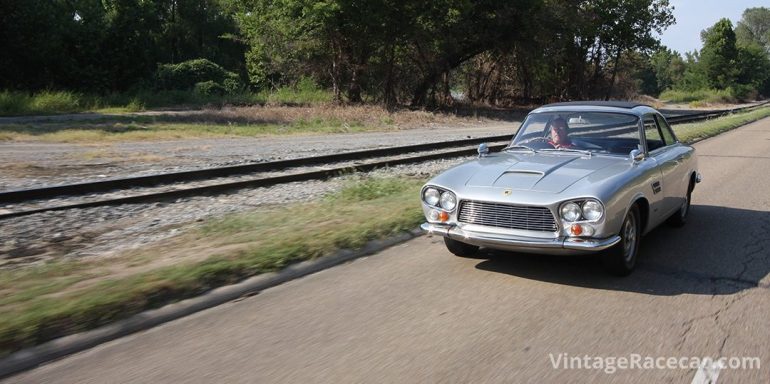
Upon his return to England in the early ’50s, he began a business turning old Rolls-Royces into shooting brakes. He bought a garage and called it Peerless Motors Ltd, and began building the Peerless GT—a fiberglass GT with a TR2 driveline. While in the U.S. testing the market for the Peerless, he realized there was a market for a high-performance version of the car with a V8 engine. He looked at Chrysler and Ford engines—the former being too heavy and the latter having too little power. The Corvette engine, though, had the power of an Aston Martin and considerably more reliability, so he bought two engines and shipped them to England. When he arrived home, he was contacted by Jim Keeble, an engineer, tuner, racecar builder and racer. An American serviceman had asked Keeble if a V8 could be installed in a race-prepared Peerless GT. Gordon agreed to use one of his new Corvette engines for the project, and together Gordon and Keeble built the car.
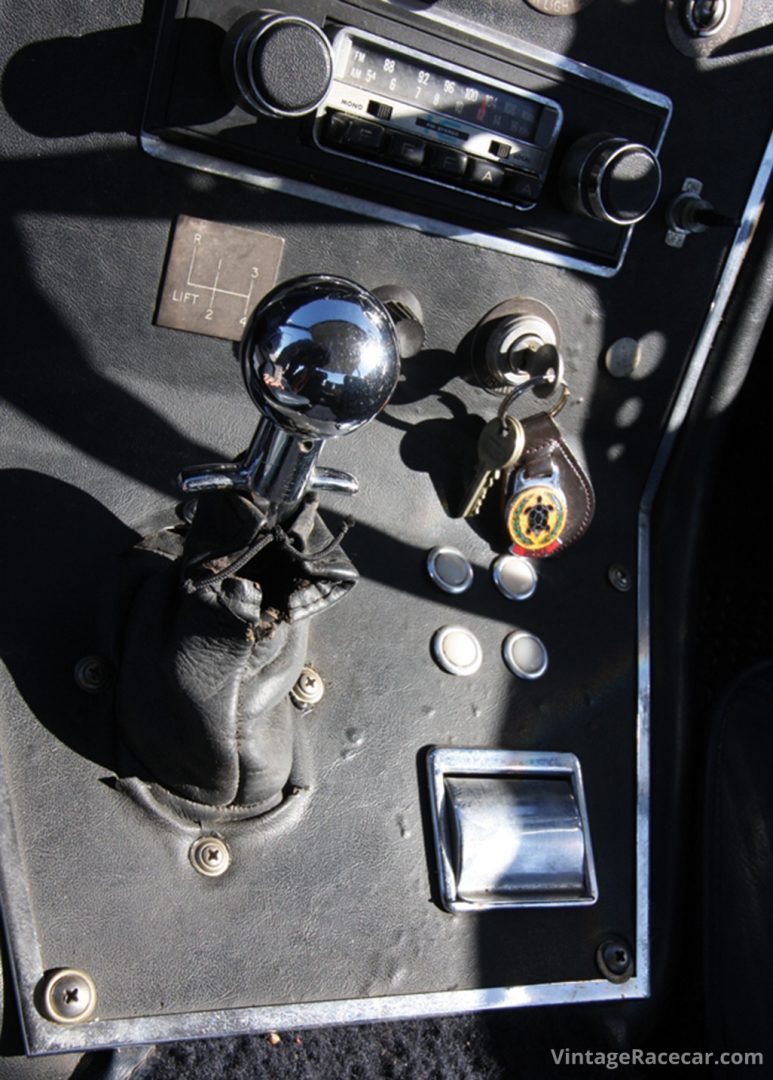
Early in the development of the car, parts were difficult to find. Many suppliers were reluctant to provide parts for a car that would carry four people and their luggage, have 300 bhp, and do 140 mph. This resulted in a compromise in the design of the chassis—the parts that they could get rather than the parts they wanted dictated a design that they would have done differently. Steering, for example, was a particular problem. Rack and pinion was preferred, but no suitable unit was available. This caused them to use a Cam Gears steering box with a 18:1 ratio, probably the most dated feature of the car.
In his search for a coachbuilder, Gordon attended the Turin Auto Show, where he ran into Nuccio Bertone. They spent time together looking at the displays of cars and discovered that they liked the same designs. Bertone agreed to take on designing and building the body once the chassis design had been completed. Gordon’s only constraints were that there be enough headroom for four people and that the car have quad headlights.
Meanwhile, Keeble was hard at work on the chassis. The final design was for a spaceframe chassis using a Peerless subframe and square tubing. The car had independent front suspension with coil springs and unequal length wishbones, and at the rear, a De Dion rear axle, with a Watts Link, parallel trailing arms and coil springs. Shocks were Armstrong Selectaride shocks controlled by a knob on the dash. Brakes all around were Girling discs with two master cylinders. The engine for the Gordon GT prototype was the second of the Corvette engines Gordon had brought back from the U.S.—283 cid, 290 bhp at 6250 rpm with three Rochester two-barrel carburetors. The transmission was a Borg-Warner all-synchro four-speed. The badge for the Gordon GT had the Gordon Highland tartan with a stag’s head.
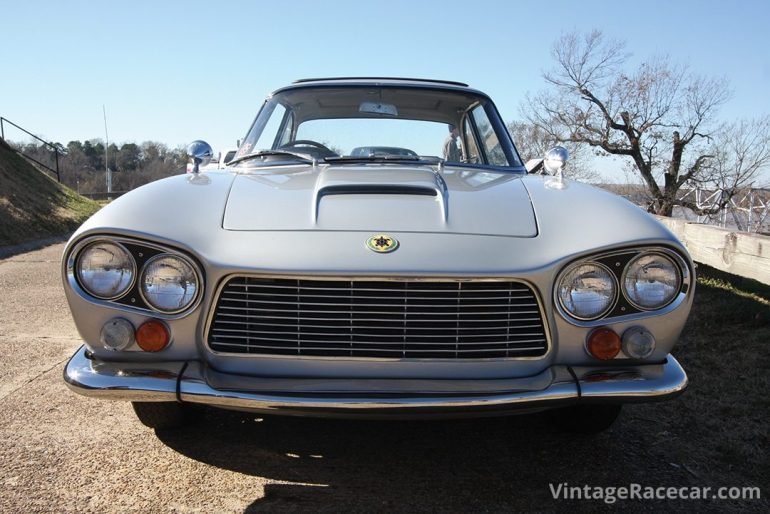
After Geneva, the car returned to England, and Keeble made it driveable. Press testing of the prototype in October 1960 resulted in rave reviews. Autocar said “…its overall character and performance might border on sensational.” They called it “…the most electrifying car it (the magazine) has ever tested.” But Gordon believed that the U.S. was the primary market for the GT, so he put the car on the Queen Mary and headed to the States in 1961. Gordon had met Zora Arkus Duntov in the ’50s and was able to get Duntov to drive the car. The Gordon GT lapped the Corvette test track faster than the Corvettes, so Duntov was impressed. He introduced Gordon to Ed Cole, who drove the car and agreed to provide engines and transmissions for the car, for £400 each. Cole wanted the first car produced, but he also asked for 1500 of the cars to put in GM showrooms in order to attract people to the showroom where, hopefully, they would buy GM cars.
Even with all the good press and the promises of drivelines, financing still eluded Gordon. George Wansborough had been brought on as a member of the board of directors, and he took on the search for funding. He eventually decided to use family money to fund production, although it proved not to be enough for a large initial production run. It also made him a very powerful member of the board. Bertone suggested looking for funding in Italy, and brought Gordon and Renzo Rivolta of Iso together. Rivolta tested the car and even studied the second chassis. Unfortunately, no agreement resulted, and Rivolta returned the chassis—interestingly, with many engineering marks and measurements on it. Eventually, after producing nothing more significant than the Isetta, Rivolta decided to produce a GT car—the Iso Rivolta—which looked amazingly like the Gordon GT and even had a Corvette driveline!
After a divisive board meeting, Gordon left the company in October 1963, leaving the Wansborough family in control. Keeble had returned to his own business, thinking his part was done, but Wansborough asked him if he would return to set up production of the car, now to be named Gordon-Keeble GK-1. Keeble accepted and, after an old factory building was found, established the production line in mid-1963. Gordon-Keeble Ltd. produced its first car in March 1964. It used a 327 cid Corvette V8 engine producing 300 bhp at 5000 rpm. It was fitted with one Carter AFB carburetor instead of the three Rochesters. Production had finally begun, and David Brown of Aston Martin even sent a “babygram” saying: “Congratulations. It’s a motorcar.”
The GK-1 had a fiberglass body, because fiberglass was more suitable for limited production runs. A mould was taken from an aluminum copy of the prototype’s body so the fiberglass bodies could be formed, but there were problems. If allowed to sit before being mounted on a chassis, the fiberglass continued to cure, causing the body to widen—the body would grow! The solution was to produce a dummy chassis on which each new body was mounted as soon as it came from the mould. The body would remain there until it was time to put it on a production chassis. It was a fix, but it, and other fixes, were costly to a company with limited resources.
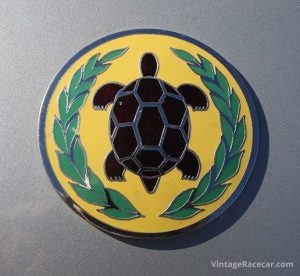
Parts supply was a continuous problem for Gordon-Keeble Ltd. To contain costs, many parts were sourced from much larger manufacturers, and vinyl was used instead of leather for the interior. 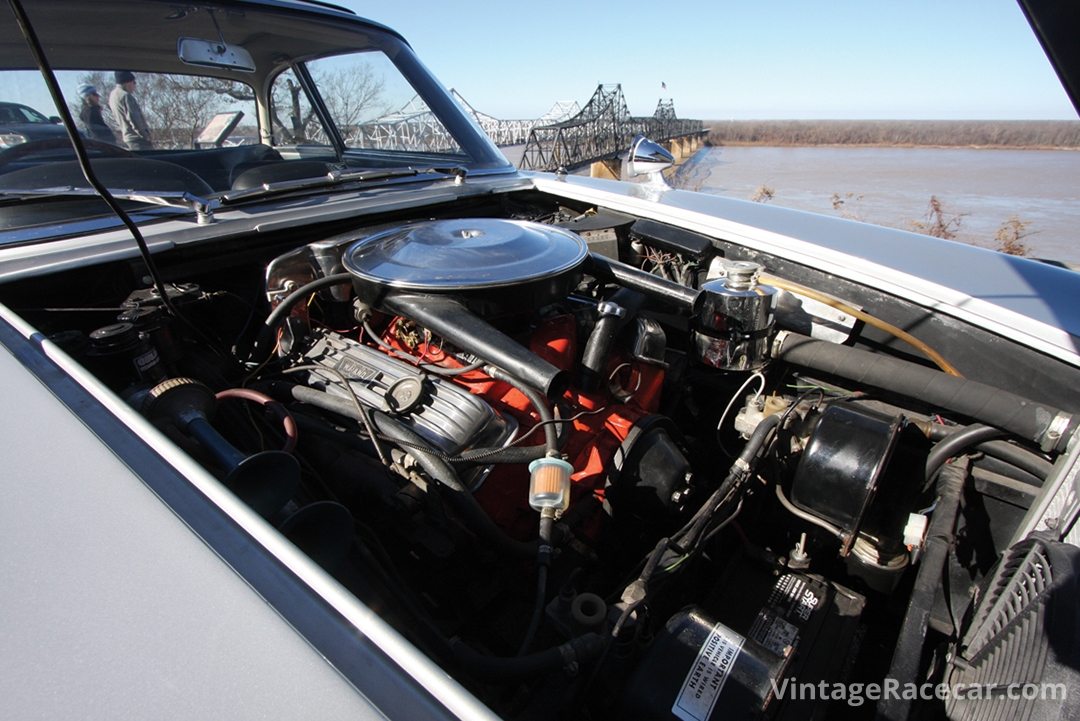
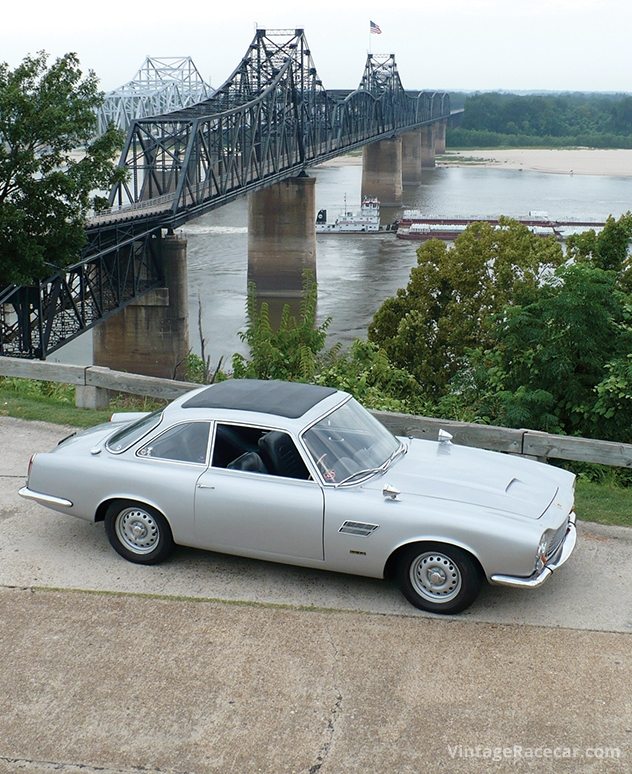
A surprising number of the cars remain. There were 97 owners listed in the Gordon-Keeble Owners Club roster published in July 2013. Only one car is shown as “location unknown,” and two are shown as destroyed. Most of the cars are in the UK and Europe, although six are in the U.S. and Canada, seven are in Asia and Australia, and one is owned by the Royal Family of Kuwait.
A GK-1 in Vicksburg, Mississippi
Pat Cashman had seen an article about a Gordon-Keeble sometime in the 1980s, and he wanted one. His wife, Barbara, related the story about when he found his in the early 1990s: “I was in bed reading my Sunday lessons, and he was reading his bible (Hemmings Motor News). He said, ‘It’s a sign from God! There’s a Gordon-Keeble for sale in Maryland.’” The owner was a retired Marine pilot working in the Washington, D.C., area. Pat had his nephew check it over, learned that it only needed tires and brakes, and bought it. The car was built in 1964 and is the 23rd of the 99 Gk-1s built. Since he has had the car, he has improved it somewhat, although without making dramatic changes. He retrimmed the front seats and door panels, so they are not original. He also added a Milodon seven-quart oil pan with a remote oil filter and oil cooler; and he replaced the radiator with an aluminum Be Cool radiator and high-volume water pump. These improvements made the car much more tolerant of the temperatures in the Deep South.”
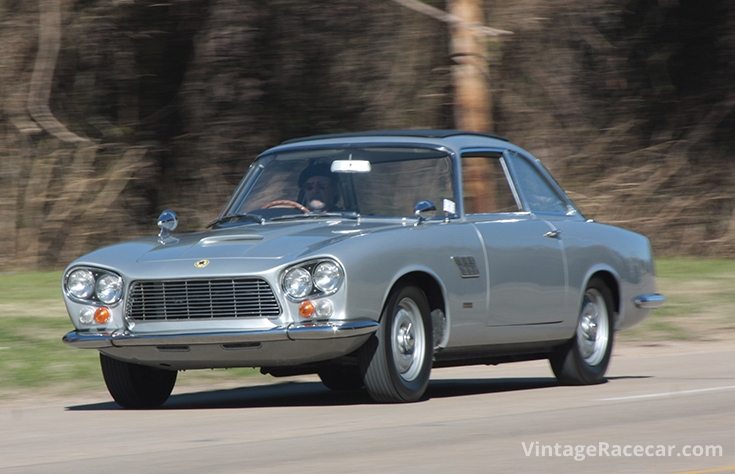
Cashman has also made his mark in the Gordon-Keeble Owners Club. The window control buttons seemed impossible to find, and many owners had replaced the original white ones with whatever they could find—often black buttons. Cashman found a supply of the original, white doorbell buttons in a hardware store in Vicksburg, and provided them to the club.
Cashman, who says he is “down to sixteen” cars in his collection from more than twenty, appreciates the Gordon-Keeble. His collection, which he prefers to call an “accumulation,” includes a wide variety of cars, from a Citroen 2CV and Lotus Europa to an Armstrong Siddeley Station Coupe (pickup truck), Austin Princess Limousine, and ’64 Cadillac Coupe d’Ville. He calls himself a “caretaker” of the cars, but his favorites are the Gordon-Keeble and a Triumph TR6—his first car.
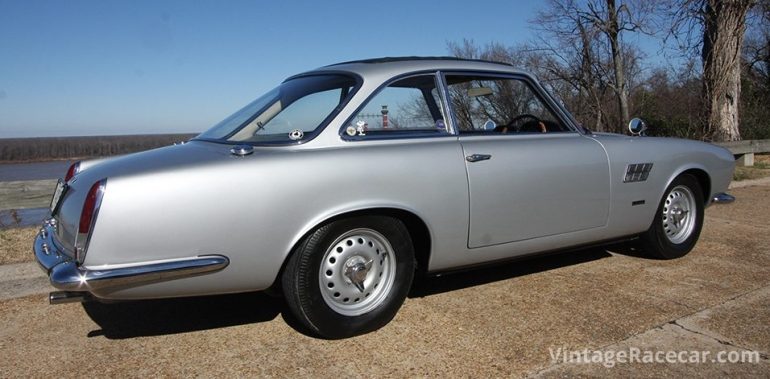
Having raced a right-hand-drive Lotus 11, I figured that driving a right-hand-drive car on the road would be no problem. What I forgot is that there are no lanes on the racetrack. On the highway, you tend to give more room to the painted line on the driver’s side of the car, and that’s what I did. I left plenty of room to the line on my right, which put the passenger side of the car on or over the center line. Luckily, Cashman was there to act as my line coach, gently suggesting that I move back more to the right. It was the only problem I had driving this car.
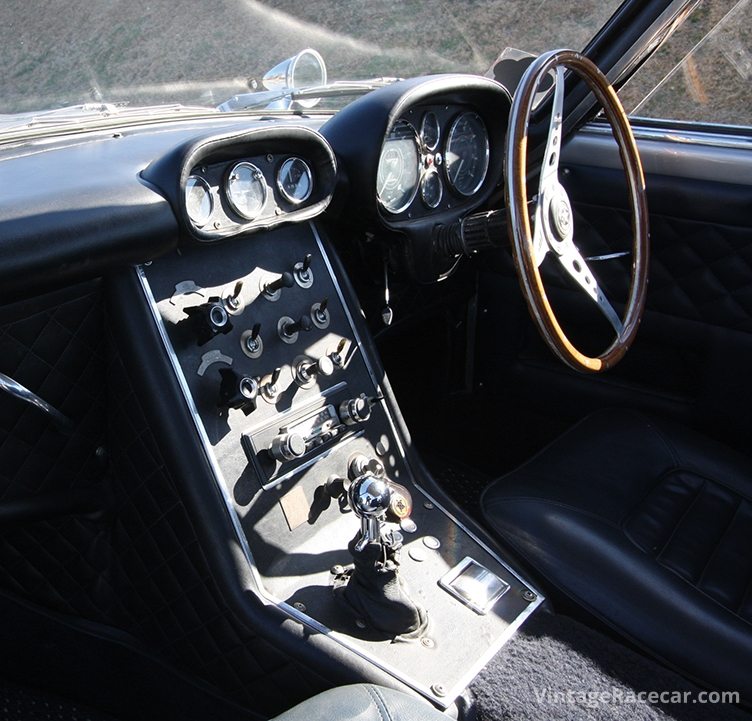
The interior of the car is very comfortable, at least for the front seat passengers. Gordon might have wanted adequate headroom for four people, but the people in the back needed to be a bit shorter than those who could fit in front. The car is definitely a 2+2. The rear seat room is better than most other 2+2s of the era, but most adults would not want to spend a long trip in the back.
All in all, this is a car I would not mind owning. I’ve given up on owning a lot of cars because of the lack of flexibility that comes with age. I’d never be able to get in and out of the Lotus I owned in the ’60s, and find modern coupes, with their low rooflines and bolstered seats, to be uncomfortable to enter. The Gordon-Keeble has just the right combination of roofline and high seating position to be comfortable for an old guy like me. And I’d bet a lot of younger people would find it a pleasant ride, too.
1964 Gordon-Keeble
SPECIFICATIONS
Chassis: Tubular spaceframe
Body: Fiberglass
Length: 15 feet 9.5 inches
Wheelbase: 8 feet 6 inches
Width: 5 feet 8 inches
Track: 4 feet 7 inches
Height: 4 feet 6 inches
Engine: Corvette pushrod V8
Displacement: 327 cid
Bore/Stroke: 4.0/3.25 inches
Compression ratio: 10.5:1
Horsepower: 300 bhp @5000 rpm
Torque: 360 lb-ft @5000 rpm
Induction: Carter AFB 4-barrel carburetor
Transmission: Borg Warner all synchromesh 4-speed
Clutch: Single dry plate
Differential: Salisbury hypoid bevel, 3.07:1
Front Suspension: Independent, coil springs and unequal length wishbones, Armstrong Selectaride adjustable shocks
Rear Suspension: De Dion rear axle, Watts Link, parallel trailing arms, coil springs, Armstrong Selectaride adjustable shocks
Steering: Worm and roller
Brakes: Girling discs with dual master cylinders
Wheels: Pressed steel wheels with center knock-off, 15×4.5 inches
Tires: 15×6.70 inches


